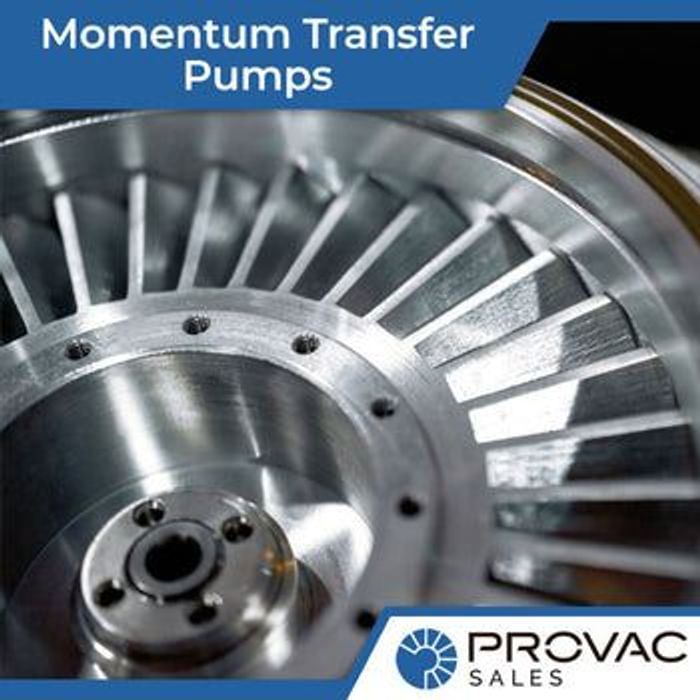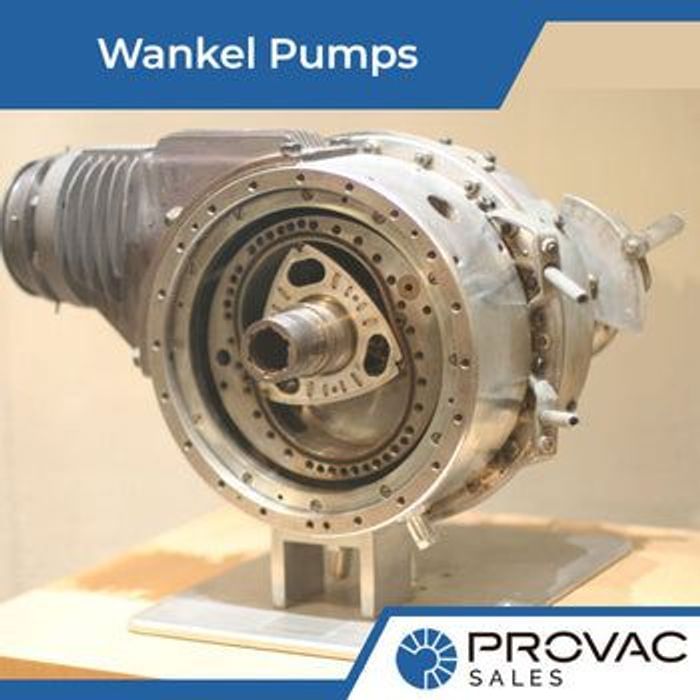Piston pumps are essential for various industrial and mechanical applications. They provide efficient fluid transfer and pressure generation. These versatile devices operate simply yet effectively, utilizing reciprocating motion to move liquids or gasses.
Understanding how piston pumps work is crucial for anyone in industries that rely on fluid handling systems.
Basic Principles of Piston Pumps
Piston pumps are positive displacement pumps, which means they move a fixed volume of fluid with each cycle. The core mechanism involves a piston moving back and forth within a cylinder, creating alternating suction and compression strokes.
Components of a Piston Pump
The main components of a piston pump include:
- Cylinder: The chamber where fluid is drawn in and expelled.
- Piston: The moving component that creates suction and compression.
- Valves: Inlet and outlet valves that control fluid flow.
- Connecting rod: Connects the piston to the crankshaft.
- Crankshaft: Converts rotary motion to reciprocating motion.
The Pumping Cycle
A typical piston pump cycle consists of two main phases:
- Suction stroke: The piston moves backward, creating a vacuum that draws fluid into the cylinder through the inlet valve.
- Compression stroke: The piston moves forward, compressing the fluid and forcing it through the outlet valve.
Types of Piston Pumps
There are several types of piston pumps, each designed for specific applications:
Single-Acting Piston Pumps
In single-acting pumps, fluid is drawn in and expelled on only one side of the piston. These pumps are more straightforward in design but have lower efficiency than double-acting pumps.
Double-Acting Piston Pumps
Double-acting pumps utilize both piston sides to move fluid, resulting in a more continuous flow and higher efficiency. These pumps are commonly used in medical vacuum applications and other industries requiring consistent fluid transfer.
Axial Piston Pumps
Axial piston pumps feature multiple pistons arranged parallel to the drive shaft. They are known for their high efficiency and are often used in hydraulic systems.
Radial Piston Pumps
Radial piston pumps have pistons arranged radially around a central shaft. They are capable of handling high pressures and are frequently used in industrial hydraulic systems.
How Piston Pumps Generate Pressure
Piston pumps can generate significant pressure, making them suitable for various applications. The pressure is created by the force exerted by the piston on the fluid within the confined space of the cylinder. This pressure can be adjusted by changing the piston size, stroke length, or motor speed.
Applications of Piston Pumps
Piston pumps find use in a wide range of industries and applications:
- Pharmaceutical manufacturing
- Oil and gas industry
- Water treatment and distribution
- Hydraulic systems in heavy machinery
- Food processing and preservation
- Chemical processing
- Aerospace industry
Advantages of Piston Pumps
Piston pumps offer several advantages that make them popular in various industries:
- High-pressure capability: Piston pumps can generate very high pressures, making them suitable for demanding applications.
- Efficiency: They maintain high efficiency across a wide range of operating conditions.
- Versatility: Piston pumps can handle a variety of fluids, including those with high viscosity or containing solid particles.
- Precise flow control: Adjusting the piston speed or stroke length can accurately control the flow rate.
- Self-priming: Many piston pump designs can self-prime, which is beneficial in specific applications.
Maintenance and Troubleshooting
Proper maintenance is crucial for ensuring the longevity and efficiency of piston pumps. Regular inspections, lubrication, and replacement of worn parts are essential. Common issues that may arise include:
Addressing these issues promptly can prevent severe damage and extend the pump's lifespan.
Innovations in Piston Pump Technology
Recent advancements in piston pump technology have focused on improving efficiency, reducing noise, and enhancing durability. Some innovations include:
- Advanced materials for piston and cylinder construction
- Improved sealing technologies to prevent leakage
- Integration of smart sensors for predictive maintenance
- Development of more compact and lightweight designs
Selecting the Right Piston Pump
Choosing the appropriate piston pump for a specific application requires consideration of several factors:
- Required flow rate and pressure
- Type of fluid being pumped
- Operating environment
- Energy efficiency requirements
- Maintenance needs
For specialized applications, such as leak detection in pharmaceutical packaging or propulsion systems in aerospace, it is recommended that experts or manufacturers be consulted to ensure the optimal pump selection.
Conclusion
Piston pumps are crucial in numerous industries, offering reliable and efficient fluid transfer solutions. Their ability to generate high pressures, handle various fluids, and provide precise flow control makes them indispensable in many applications.
As technology advances, piston pumps will likely become even more efficient and versatile, further expanding their use across different sectors.
Understanding the principles behind piston pump operation is essential for engineers, technicians, and industry professionals working with fluid handling systems. By grasping the fundamentals of how these pumps work, one can better appreciate their capabilities and make informed decisions when selecting, operating, and maintaining these vital pieces of equipment.





